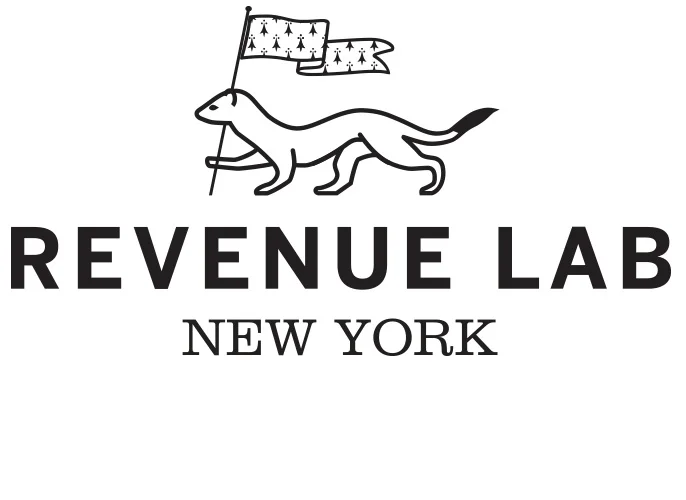Less than a year ago millennial co-founders Alexander Klöpping and Marten Blankesteijn launched their Netherlands-based pay-per-read journalism start-up, Blendle. The site has one aim in mind – to get people to start paying for quality journalism, or rather, to get young people to pay (60% of Blendle’s users are 20-35 years of age). Although the founders wouldn’t necessarily pay for news themselves, current users definitely are paying because unlike traditional subscription news sites Blendle utilizes a micro-payment model that aggregates news from multiple sources into one simple online format. Once users sign up they can easily pay small fees on an article-by-article basis. If readers don’t like the article, they can easily refund their money. And with only a 4% return-rate (almost primarily click-bait), the strategy is a success. The company recently received $3.8 million in funding from The New York Times and German publishing house Axel Springer. The catch? The site isn’t even available in the U.S. yet (or Germany for that matter). Clearly there is something of value here, especially since two of the world’s least likely publishers are on board.
However, many do not see Blendle as sustainable or even practical. As critics note, Blendle’s success may be attributed to the fact that the publications that have signed up for the service are primarily in the Dutch language, meaning that the same rule cannot possibly apply for English language publications when there is already an over-abundance of free English content. The Blendle model could also eliminate the opportunity for publishers to capture “reader curiosity” or in other words, readers are not likely to discover news outside their specific wheelhouse using the Blendle model. The Blendle model could also potentially eliminate sharing via social media channels altogether, as it is based on the idea that all readers are signed up and paying for Blendle. But Blendle’s biggest drawback may be that many publishers simply might not be interested. The downfall of any pay-per-article company is that it has a chilling effect on the purchase of the more lucrative (for publishers, anyway) subscription. By signing up for Blendle, a publisher might in turn throw away a potentially multi-dollar subscription, and many brands might not want to drive audience and dollars to another self-cannibalizing platform. However, as simply a sampling approach or to widen their media landscape, Blendle could still be a draw.
Even still it’s difficult not to have faith in Blendle with two of the most influential publishers on board. Thus, the question remains: Is Blendle destined to solve the big digital publishing riddle, or is it just another digital media tease?
Special thanks to Business Insider’s Lara O’Reilly for her piece “This startup may have found the answer for getting people to pay for journalism online,” Frédéric Filloux’s piece on Monday Note, “The New York Times and Springer Are Wrong About Blendle,” and Blendle CEO Alexander Klöpping and his piece “Today our journalistic startup got backed by The New York Times and Axel Springer.”
Revenue Potential: 8
Blendle is a great idea that comes with all sorts of revenue opportunities. Because the model is based on micro-financing individual articles, the revenue streams are, well, micro, but also quite robust. Add advertising dollars, sponsored-content, and possible Blendle-created content, this is definitely a worthwhile enterprise. Plus, the investments from The Times and Axel Springer will undoubtedly lead to future publisher confidence.
Value To Brand: 5
With the digital media market expanding at an enormous rate, volume is high and readership is even higher. If Blendle has a good grasp on frequentation and can calculate a price per article high enough, then they will be highly successful. Blendle could also have tremendous potential value to both legacy publishers (especially newspapers and weeklies) as well as major websites and blogs, especially with all the information and data points that Blendle is gleaning into who chooses to pay for journalism and why, insights of which will prove invaluable for big publishers. Blendle has hinted that their next targets are France and Germany, however, the company is playing it smart in that it will only officially launch in a country when two-thirds of the region's publications have signed up.
User Experience: 9
The founders have positioned the site to those who love discovery and good journalism, and Blendle’s main selling point is in their great reading experience. Users can follow subjects, trends, journalists, or even see what they’re friends or curators, such as celebrities or politicians, are reading. And whenever a new article gets published that a user might be interested in, they receive an email- and still have the choice to purchase the article.

